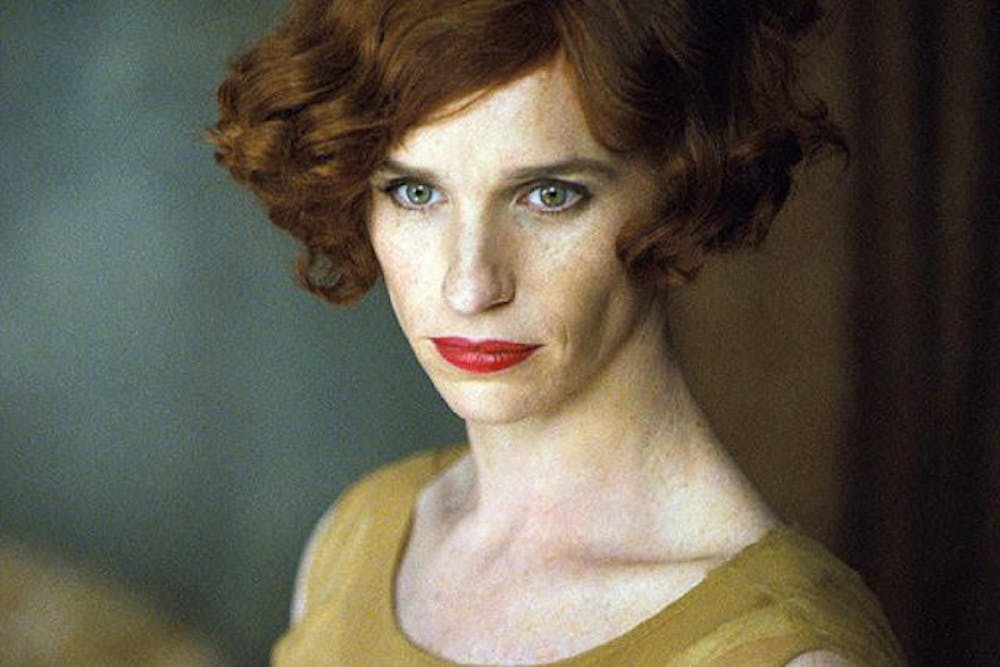In its fifteen years in development, “The Danish Girl” has garnered a lot of controversies, especially with its decision to cast a cisgender actor in its lead role, which depicts a transgender woman. During production, it seemed like everyone was at one point considered to play main character, Lili, including Nicole Kidman, but ultimately Eddie Redmayne was cast.
Being a member of the LGBT community, I had my reservations about the project until the graceful Tom Hooper ("Les Misérables," "The King’s Speech") was brought on to direct.
However, after its North American premiere on Sept. 12 at the Toronto International Film Festival, I determined my reservations were well-founded.
Unfortunately, the politics were one of the many problems in “The Danish Girl.” Its importance and beauty are overshadowed by poor pacing and a vain and surface level look into the lives of the trans pioneers depicted.
Gerda (Alicia Vikander) and Einar Wegener (Redmayne) are a pair of Copenhagen painters happily married in the late 1920s. Early in their careers, Einar breaks out as one of the best landscape artists in Denmark, but Gerda’s work isn’t quite as popular.
One day, Gerda’s model cancels last minute, and she asks her husband to fill in and wear a dress. This instantly rekindles moments from Einar’s past as he wonders about his identity.
Einar begins to identify as Lili Elbe, and she becomes one of Gerda’s muses. As supportive as Gerda is, Lili’s transformation tries their relationship.
Tom Hooper’s directional style is usually quite involved, and because of this he has many defectors. Between awkward point-of-view shots, close-ups and unique framing, Redmayne, Vikander and the supporting cast are required to be very conscious of their mannerisms and delivery. In spite of their strength, the over-direction is often dizzying and annoying.
However, it is a minor success because Hooper’s self-indulgence direction doesn’t distract from the gorgeous set pieces and cinematography, similar to "Les Misérables. "
Production designer Eve Stewart, cinematographer Danny Cohen and Hooper are all frequent collaborators, but Stewart and Cohen elevate Hooper’s work to something really gorgeous in this film.
Every single set is decorated so comprehensively, it is almost like “The Danish Girl” was filmed in 1930 Copenhagen or inside some beautiful dollhouse. Stewart blends ornate with color and creates an energetic synergy of design.
Meanwhile, Cohen’s cinematography saves Hooper from becoming too indulged in his weak direction. Cohen makes sure to capture Vikander and Redmayne as well as Stewart’s lovely sets. However, because the rest of the film is so vanity-driven, the elaborate period pieces just add to the inauthenticity. If the film had been more thematically deep, Cohen and Stewart's work would be noticed as some of the best of the year; instead it just adds to the nausea of the experience.
Ultimately, “The Danish Girl” screenplay, adapted from Lili’s memoir, is typical romantic-drama writing in its most basic form. Einar and Gerta’s relationship could be really compelling, but instead of rising above the genre, screenwriter Lucinda Coxon is comfortable with accepting cliches.
Furthermore, the transition from Einar to Lili is handled in such a banal way, reveling in melodrama instead of subtlety. Lili constantly repeating that “Einar is dead,” comes off as slight and is sold like it should hit a dramatic cue. Instead, it falls flat.
As for performances, Vikander is certainly the MVP.
Redmayne seemed most comfortable in the third act of the film, yet Lili always seems like a parody of a real life trans-woman. Redmayne struggles to find a way to display femininity without elaborate hand gestures and caressing his face.
Parts of his performance are very touching, particularly his later scenes with Gerda and a doctor, but the unevenness is quite noticeable.
Meanwhile, Vikander is excellent and balances subtlety and showiness with her own introspective sensibilities. In fact, her subtlety steals the show from the obviousness that Redmayne brings.
“The Danish Girl” is too glamorous to display the gritty truth that the real life Lili and Gerda would have faced. This beauty and polish create a gorgeous-looking film, but a dishonest experience and is a classic example of too much style and not enough substance.
The premiere was followed by a Q&A, and it is obvious that the talent behind the film had good intentions. Sadly, these intentions seem more like a campaigning after-thought than something that is prevalent throughout the project.
Instead, “The Danish Girl” doesn’t attempt to challenge the general public on their perception of the trans community and instead presents a polished hetero-normative view.
★ ★ ☆ ☆ ☆
Related links:
World premiere of Michael Moore's 'Where to Invade Next' is a liberal crowd pleaser
Reach the reporter at tanner.stechnij@asu.edu or follow @tannerstechnij on Twitter.
Like The State Press on Facebook and follow @statepress on Twitter.




